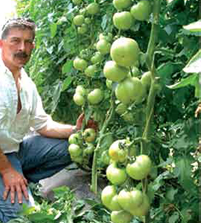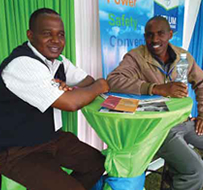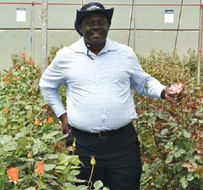 Treasury secretary Henry Rotich’s 2018/2019 budget proposals are like no other since Independence. Although his intentions were to stimulate manufacturing and create jobs, he may have inadvertentlyput himself in a corner where labour unions and the poor will use him as a punching bag.
Treasury secretary Henry Rotich’s 2018/2019 budget proposals are like no other since Independence. Although his intentions were to stimulate manufacturing and create jobs, he may have inadvertentlyput himself in a corner where labour unions and the poor will use him as a punching bag.
Perhaps he needed data to decide what to tax. Not too long ago, Kenyans took to the streets seeking affordable unga (flour) to which the government responded with subsidies. In the past month, farmers in North Rift were on the streets protesting against unknown people who have flooded the local market with cheap foreign maize leaving farmers to suffer with huge inventory.
Corruption allegations at the National Cereals and Produce Board are yet to be resolved. There is no logic in undermining farmers then asking them to tighten their belts and pay tax. They will have no option but to protest in the streets as they have done in the past month.


 Born and brought up in othaya sub county, Nyeri county. Mr. Simon Kihungu completed his Primary and Secondary School education successfully. In 2003, he joined JKUAT where he pursued BSC in horticulture degree course and graduated in 2007 then joined Bayer East Africa Ltd immediately after completing his undergraduate studies. Upon joining Bayer East Africa Ltd, he started as a product promoter in charge of Nyeri, Laikipia East and the central parts of Murang’a. He then moved to Coast as the area sales representative for the region and one year later joined the floriculture sector. He speaks to Floriculture Magazine on his daily challenges
Born and brought up in othaya sub county, Nyeri county. Mr. Simon Kihungu completed his Primary and Secondary School education successfully. In 2003, he joined JKUAT where he pursued BSC in horticulture degree course and graduated in 2007 then joined Bayer East Africa Ltd immediately after completing his undergraduate studies. Upon joining Bayer East Africa Ltd, he started as a product promoter in charge of Nyeri, Laikipia East and the central parts of Murang’a. He then moved to Coast as the area sales representative for the region and one year later joined the floriculture sector. He speaks to Floriculture Magazine on his daily challenges What should growers consider before choosing a variety?
What should growers consider before choosing a variety? We are alive at critical time where climate change is real. Generally, it has become a challenge for the farming fraternity to plan events because of the unpredictable weather patterns. As a result, for the agripreneurs, some has closed shops while others irrigation has been made inescapable. However, surface water is also unavailable in adequate amounts, making ground water an obvious choice.
We are alive at critical time where climate change is real. Generally, it has become a challenge for the farming fraternity to plan events because of the unpredictable weather patterns. As a result, for the agripreneurs, some has closed shops while others irrigation has been made inescapable. However, surface water is also unavailable in adequate amounts, making ground water an obvious choice.